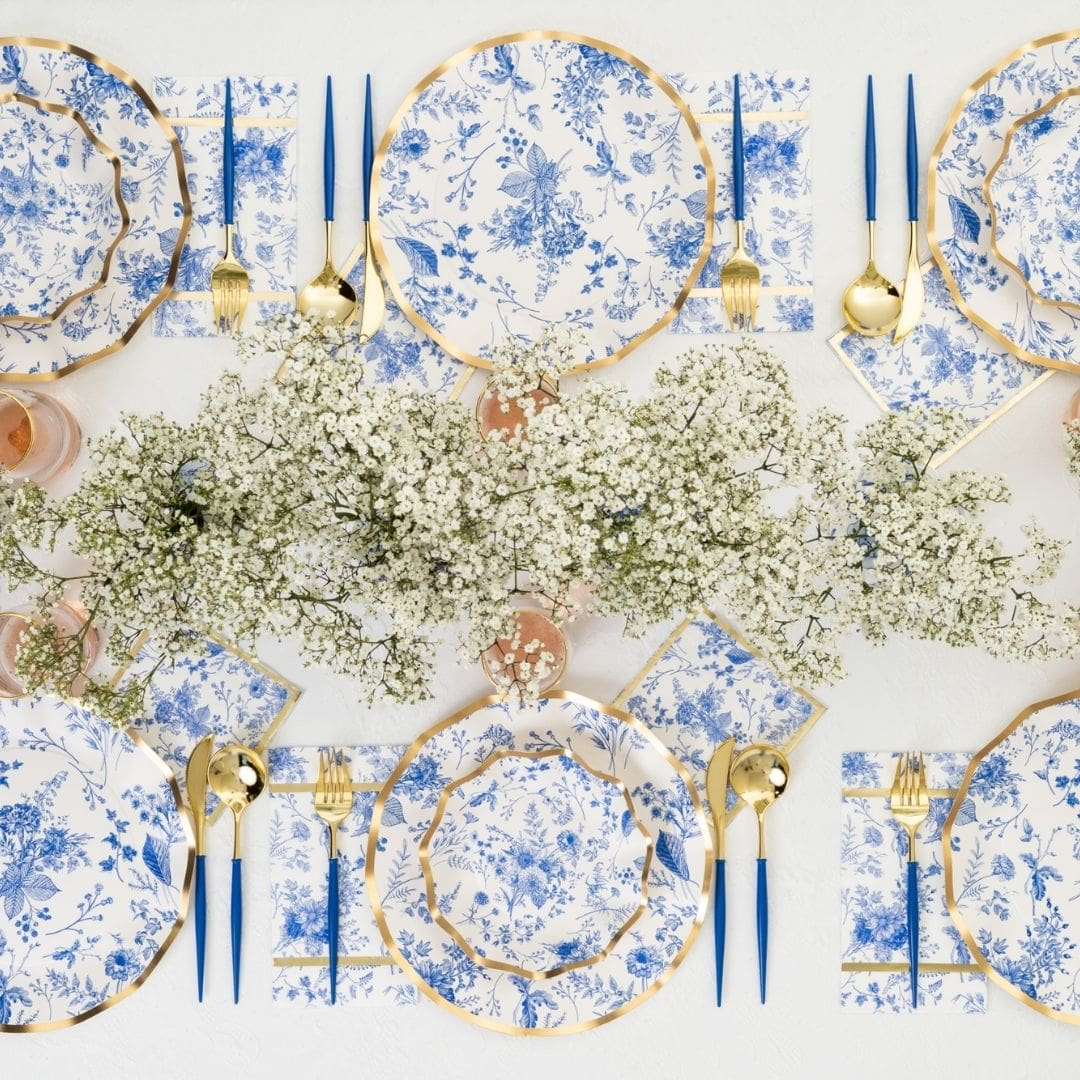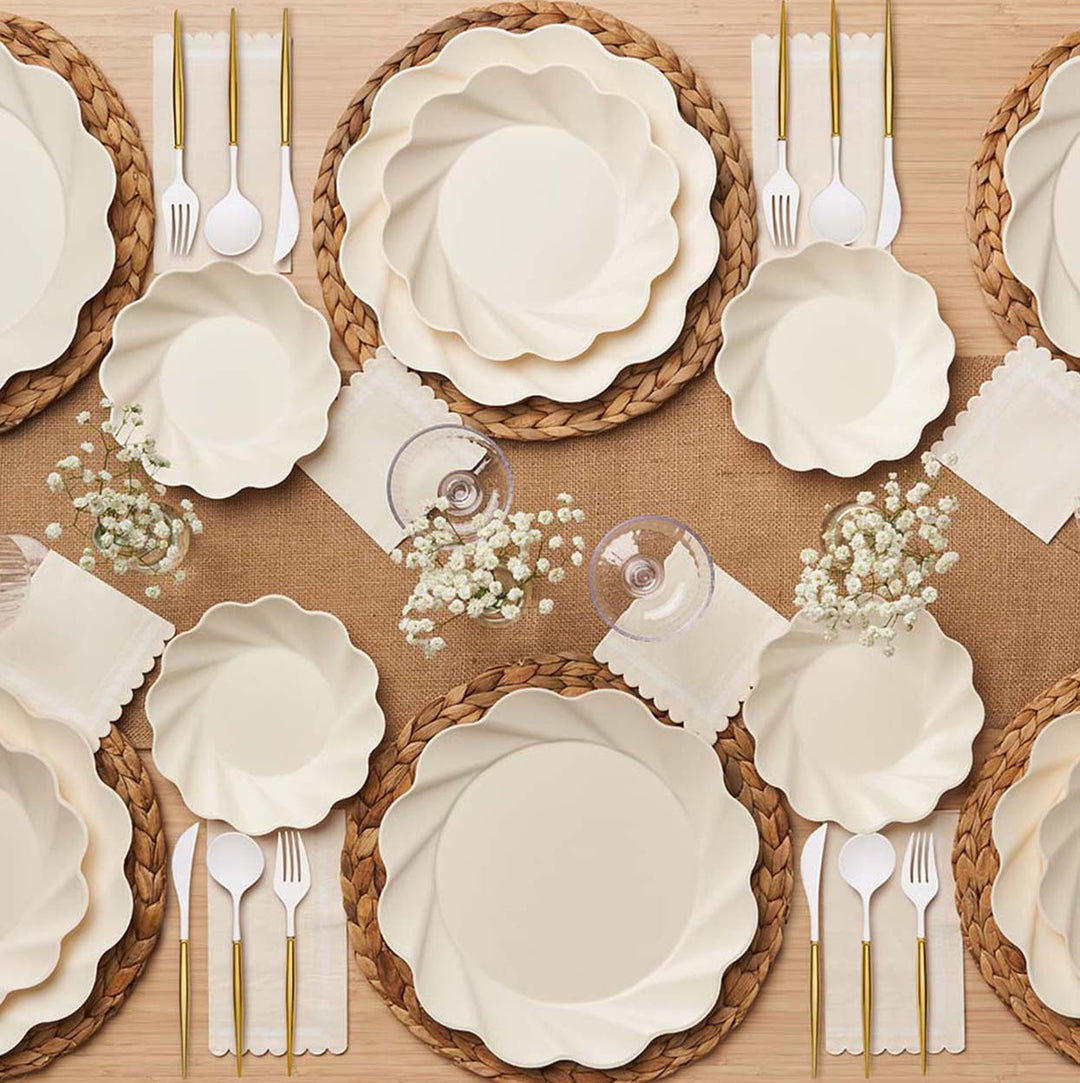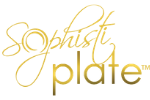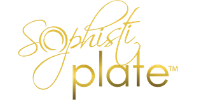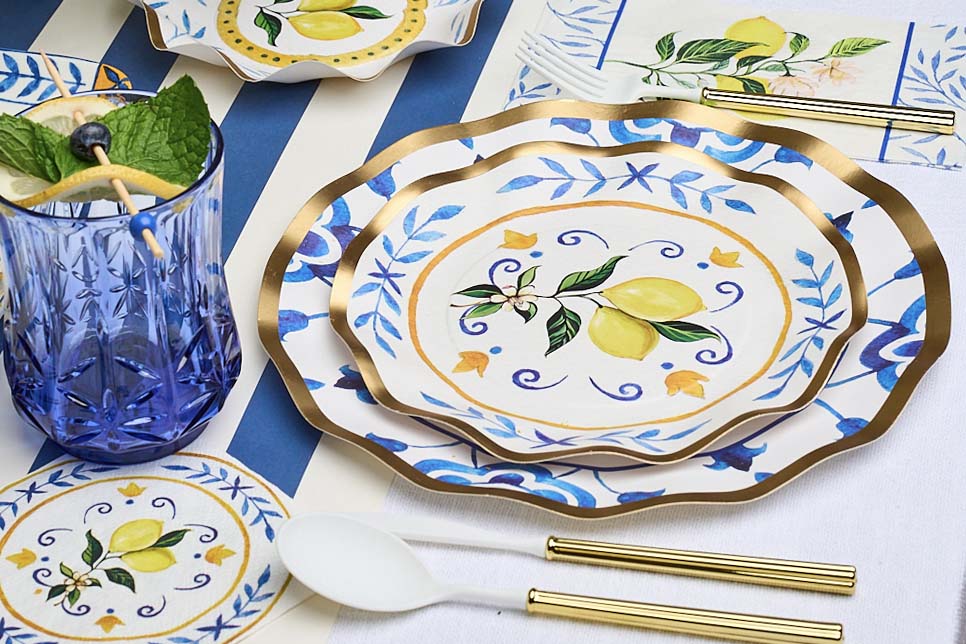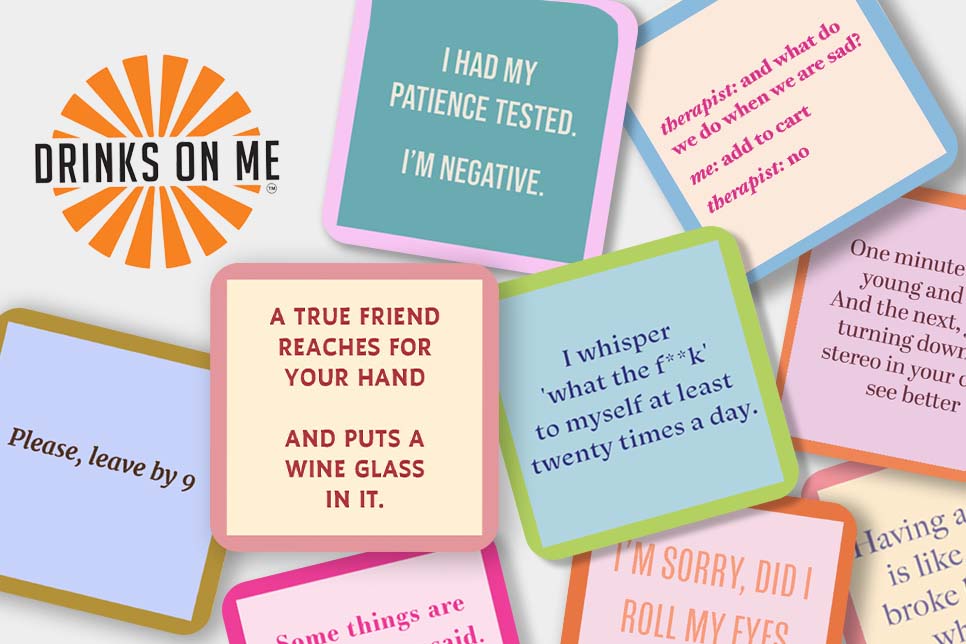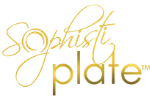How To Clean a Wooden Cutting Board
There’s a reason why we love wood cutting boards so much. Not only do they look gorgeous, but they’re sturdy, non-toxic, and naturally antimicrobial—amongst many other things. For this reason, we’re never going for another type of material.
That said, a wood cutting board does need a little TLC when being cleaned. Otherwise, it can start to develop cracks and even warp. Luckily, this can be easily prevented by cleaning it the right way. Read on to find out how you can do exactly that to keep your board looking brand new for years to come.
Fun Facts About Wood
Before we get into the best ways to clean a wood cutting board, let’s take a look at some fun facts about this material—which might illuminate why it needs such special care. Here are some of our favorite facts about wood.
- There Are Thousands of Tree Species: To be exact, there are 60,000 of them—each one as unique as the next. Of course, not everything can be used to make cutting boards, but the sheer amount of choices is astounding and gives you lots of variety when shopping for a new cutting board. Our favorite type of wood happens to be maple.
- Wood Is Naturally Self-Healing: Because of all the knife action that your cutting board sees, making dents and scratches in it is pretty much inevitable. But what separates wood from other cutting boards that develop the same is that it can naturally self-heal by growing in those cuts. This is one of the reasons wood is such a durable material.
- Wood Is Naturally Antimicrobial: Cross-contamination is a serious problem if you’re cutting meat and produce on the same cutting board. Fortunately, wood absorbs any microbes it comes in contact with and brings them away from the surface. This makes it much less likely to cross-contaminate the other food that makes contact with the surface.
- Wood Is All-Natural: Because wood is a natural material, it’s a much better option for your health and for the environment. Not only does it not have any harmful substances that can potentially cause health problems, but it’s naturally biodegradable. So you can feel good knowing you’re using something good for you and for the world.
The Dos and Don’ts of Cleaning a Wood Cutting Board
Now that we have a good overview of what makes wood the best material for a cutting board, let’s take a look at some of the best (and worst) practices for cleaning it. Here are a few of our top dos and don’ts:
Don’t Put It in the Dishwasher
As tempting as it might be to throw your cutting board in the dishwasher and forget all about it, there’s a reason why we don’t recommend doing this. Wood is an absorbent material, so when it’s exposed to lots of water and heat, it can warp and bend.
In theory, this can be fixed, but it does take a lot of effort. So, for this reason, the first rule of cleaning a wood cutting board is to never put it in the dishwasher.
Don’t Soak It
For the same reason as above, submerging your wood cutting board completely in water (regardless of its temperature) is not the best idea. Even if you leave it in for several minutes, it’s possible for the wood to dry unevenly once you take it out—one of the leading causes of warping. So, try to avoid submerging your wood cutting board completely.
Don’t Wash It When It’s Not Necessary
There’s no reason to wash your cutting board if it’s not really dirty. Of course, if you’re cutting meat, fragrant spices, and juicy produce, then the cutting board should be rinsed off immediately.
But if it’s something like a loaf of bread, then there’s no reason to use water at all. Just dust off the breadcrumbs and your cutting board will be good to go for its next task.
Do Hand-Wash It
If we’re not soaking our cutting boards or putting them in the dishwasher, then we’re gently hand-washing them. This lets you control how much soap, water, and scrubbing your cutting board is exposed to (which should be as little as possible). Less time with better results? You definitely won’t hear us complain!
Do Try To Clean It Right After Use
If you wait a long time to wash your wood cutting board after using it, you can increase its chances of staining. Plus, some food will be harder to get out the more you let it dry on the wood, which means more cleaning effort on your behalf. Avoid this scenario by cleaning your cutting board immediately after use.
Do Disinfect With Caution
While it may sometimes be necessary to disinfect your cutting board, you should do so rarely and with caution. Disinfecting with bleach will definitely be effective in getting rid of pathogens, but it can potentially be damaging to your wood cutting board.
For this reason, we prefer to have one cutting board reserved especially for working with meat and another for working with produce, letting you avoid the necessity of disinfecting altogether.
Do Deodorize It With Natural Ingredients
We definitely know that garlic and onions can leave a not-so-pleasant aroma on your cutting board which can transfer to the other food you cut on it. This makes deodorizing your cutting board regularly a must.
But instead of harsh chemicals, stick to all-natural ingredients. Our favorites are salt (for deodorizing) and lemon (for adding a pleasant scent on top).
Do Oil and Wax It After Washing
Washing your wood cutting board can make it dryer, which can increase the risk of it cracking or warping. But this can easily be prevented by regularly conditioning your board. Use a food-grade oil to lock in moisture and keep your cutting board looking as good as new.
How To Clean a Wood Cutting Board
Now that we have a good overview of how a wood cutting board should be cleaned, let’s take a look at some specific instructions. Here are the steps we follow when cleaning our own wood cutting boards.
1. Set Aside Some Time
If you’re going to do some cutting board maintenance after you wash it, then setting aside some time to make sure it gets done right is a must. Give yourself at least half an hour if you have quite a bit of cleaning and conditioning to do.
2. Scrape Off Food Residue
Avoid getting your sponge dirty by scraping off any visible food with a dough scraper or another sturdy tool of the sort. If the food is really stuck on there, then wet it and let it soften up for a few minutes. This should make it much easier to get the food off.
3. Gently Wash the Board
Once you’ve got all the food off your cutting board, grab a sponge and some gentle soap. Gently scrub the cutting board using soap and water for about a minute or two (or as long as it takes to get it clean).
4. Make Sure To Get Both Sides
Even if the other side of your cutting board is clean, it’s important to wash both sides. This is because uneven drying can increase the chances of your cutting board bending or warping. So, make sure to always get both sides.
5. Rinse the Board With Warm Water
We want to avoid exposing the cutting board to too much heat. For this reason, try to rinse off your cutting board using warm water.
6. Deodorize the Board (If Needed)
If your board needs deodorizing, then grab some kosher salt and lemon. Sprinkle the salt on top and squeeze lemon juice right over the salt, while rubbing the mixture in. Let it sit for a few minutes and wash it off following the instructions above.
7. Dry the Board
Drying the cutting board properly is just as important as washing it the right way. Once you’re done washing your cutting board, wick off any excess moisture with a microfiber towel. Then, let it dry in a well-ventilated area. Avoid leaving the cutting board lying down as that can cause excess moisture to form under one side.
8. Oil the Board
Although you certainly don’t need to oil your board every time you wash it, we still recommend doing this about once a month. Once your board is clean and dry, simply apply a generous amount of cutting board oil.
Rub in the oil using a towel and let it absorb for a few hours. Once it’s dry, just make sure to rub off any excess oil. After that, your cutting board should be good to go!
Here’s to the Cleanest Cutting Board
A high-quality cutting board can last you ages. If you follow the right instructions for cleaning it, you’ll make sure that your cutting board lasts you as long as possible while looking good as new. Happy cleaning!
Our Sources:
There Are More Than 60,000 Tree Species Worldwide, Scientists Say | NPR
Study: Most Plastics Leach Hormone-Like Chemicals | NPR